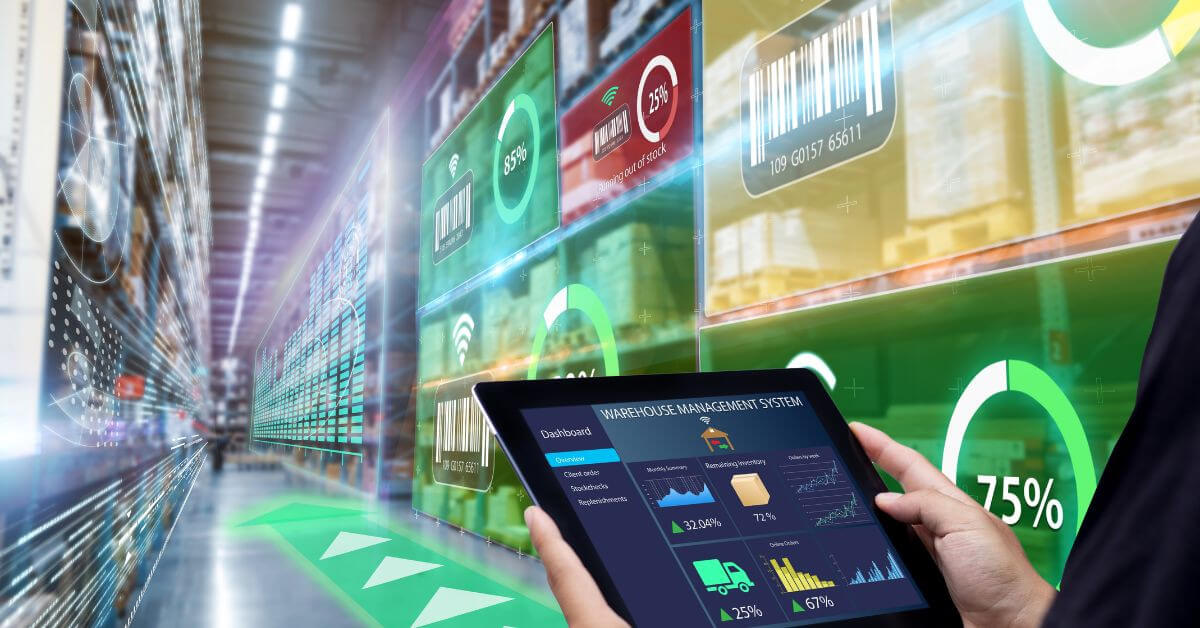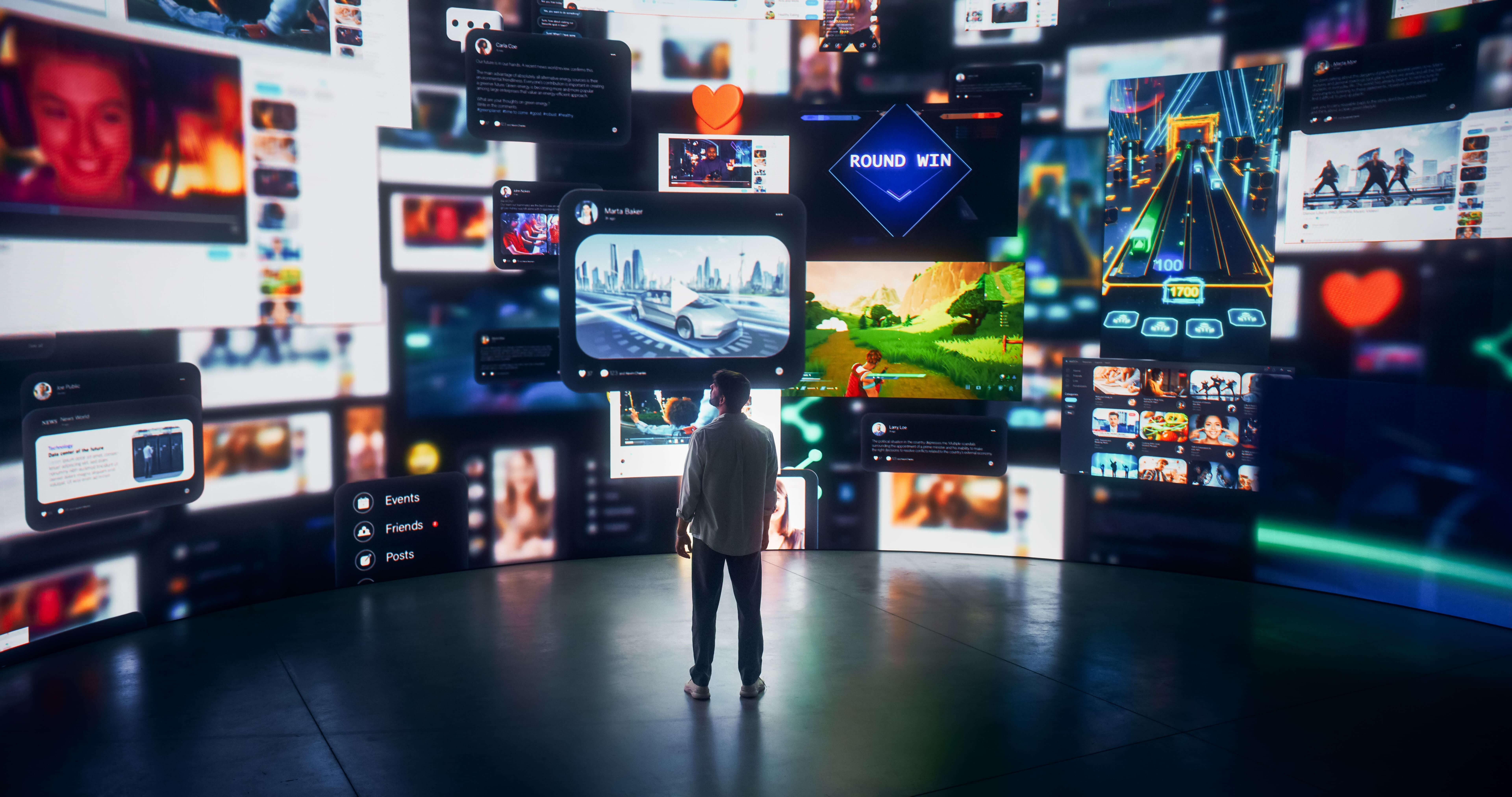The packaging industry plays a crucial role in product presentation, protection, and promotion. In recent years, Augmented Reality (AR) has emerged as a transformative technology with the potential to revolutionize various sectors, including packaging. By overlaying digital content onto physical packaging, AR offers exciting opportunities for brands to enhance consumer engagement, streamline operations, and differentiate themselves in a competitive market. In this article, we'll explore the innovative applications of AR in the packaging industry and how it is reshaping the way products are perceived and interacted with.
Enhanced Product Visualization:
One of the key applications of AR in the packaging industry is enhancing product visualization. By scanning a product's packaging with a smartphone or tablet, consumers can unlock interactive AR experiences that provide additional information, demonstrations, or virtual product demonstrations. This immersive approach allows brands to showcase product features, benefits, and usage instructions in a more engaging and memorable way, ultimately influencing purchasing decisions.
Interactive Packaging Experiences:
AR technology enables brands to transform traditional packaging into interactive experiences that captivate consumers' attention. For example, QR codes or image recognition technology can trigger AR content such as 3D animations, games, or virtual try-on experiences directly on the packaging itself. This interactive layer not only adds value to the product but also creates opportunities for storytelling, brand immersion, and customer feedback collection.
Personalized Marketing and Customization:
With AR-powered packaging, brands can offer personalized marketing experiences tailored to individual consumers' preferences and interests. By integrating AR into packaging design, brands can deliver targeted content, promotions, and offers based on factors such as location, demographics, or past purchase history. This level of customization not only enhances consumer engagement but also fosters brand loyalty and advocacy.
Supply Chain Optimization and Traceability:
Beyond consumer-facing applications, AR technology can streamline operations and improve traceability throughout the packaging supply chain. By embedding digital markers or codes into packaging materials, manufacturers and distributors can track products from production to delivery, ensuring authenticity, quality control, and compliance with regulations. AR-enabled maintenance manuals and training materials also enhance efficiency and accuracy in assembly, maintenance, and repair processes.
Sustainable Packaging Solutions:
AR has the potential to drive sustainability initiatives within the packaging industry by reducing material waste and promoting eco-friendly practices. Virtual packaging prototypes and design simulations allow brands to experiment with different materials, shapes, and sizes without the need for physical prototypes, minimizing resource consumption and carbon footprint. Additionally, AR-enabled recycling instructions and sustainability messages on packaging raise awareness and encourage responsible consumer behavior.
Conclusion:
Augmented Reality is poised to revolutionize the packaging industry by offering innovative solutions for product visualization, interactive experiences, personalized marketing, supply chain optimization, and sustainability. As consumer expectations continue to evolve, brands must embrace AR technology to stay relevant, differentiate themselves, and create meaningful connections with their target audience. By leveraging the power of AR in packaging design and marketing, brands can unlock new opportunities for growth, engagement, and sustainability in an increasingly digital world.




